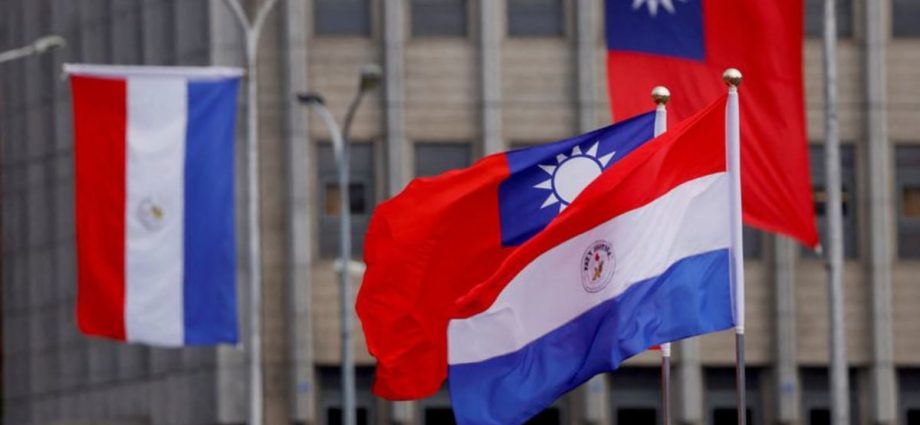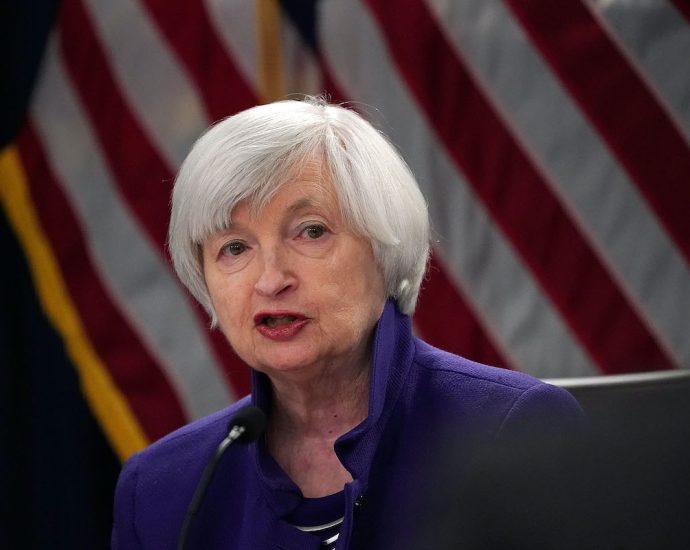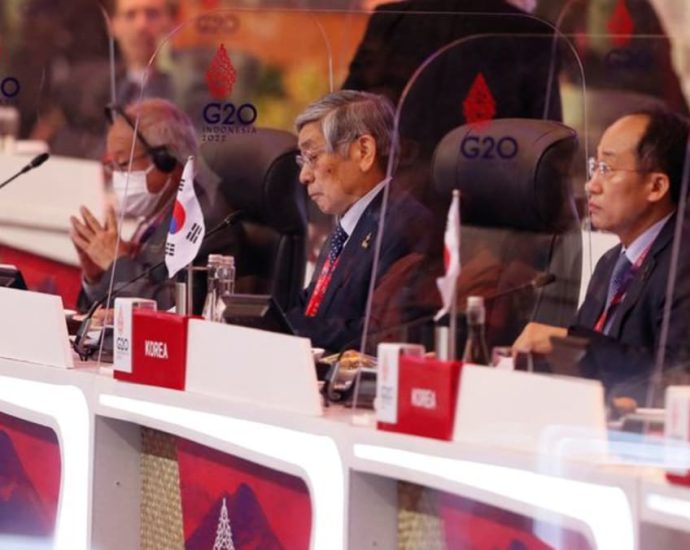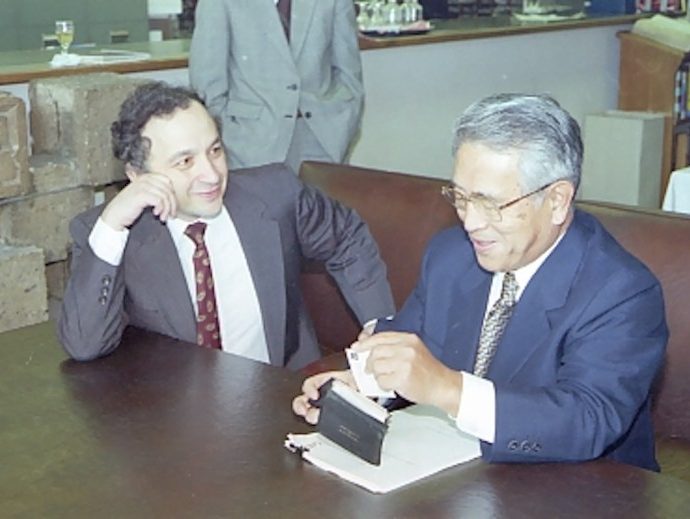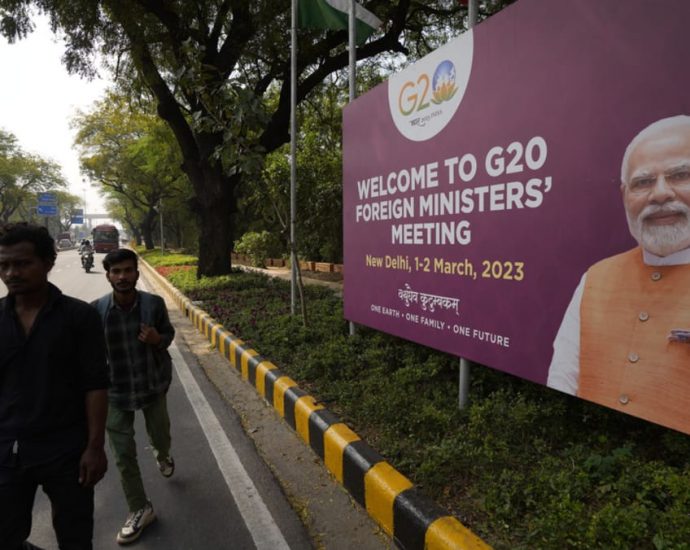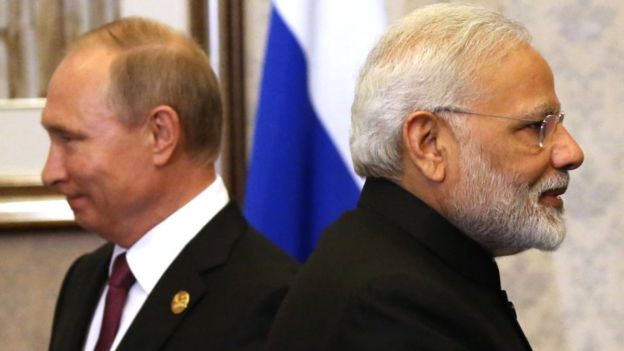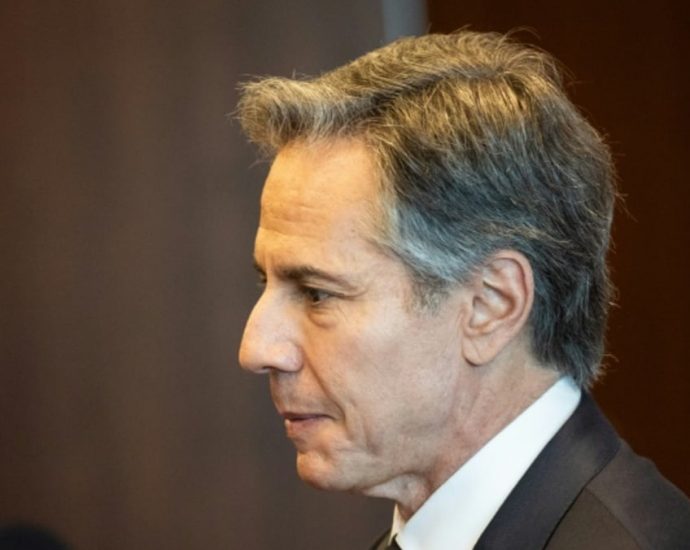Paraguay president-elect to visit ‘great friend’ Taiwan’s Tsai
TAIPEI: Paraguay’s president-elect, Santiago Pena, will visit Taiwan this week and meet “great friend” President Tsai Ing-wen, he said on Sunday (Jul 9), shoring up a relationship at a time China is working to entice the island’s dwindling allies. Paraguay is the last South American country with formal relations withContinue Reading

